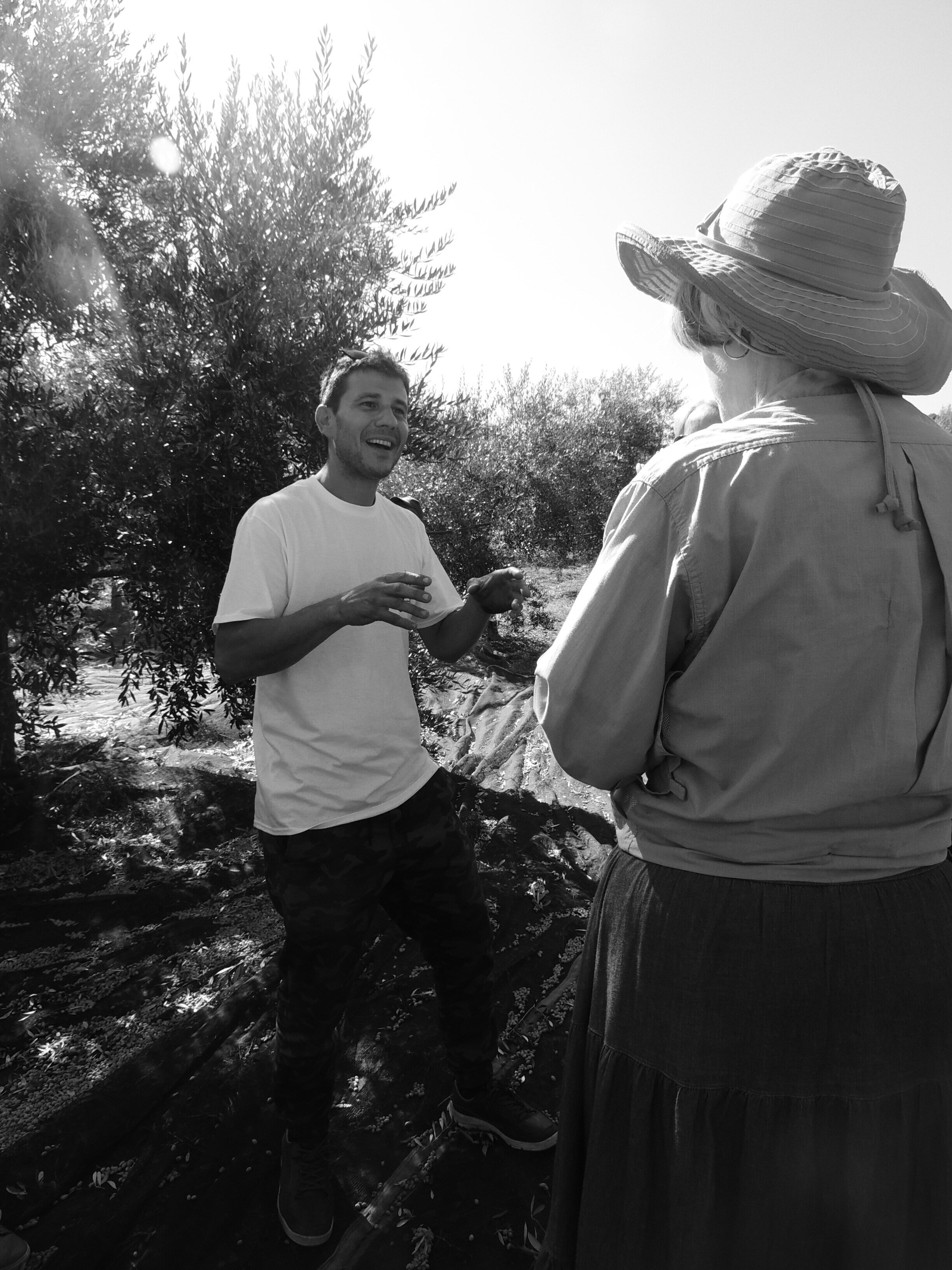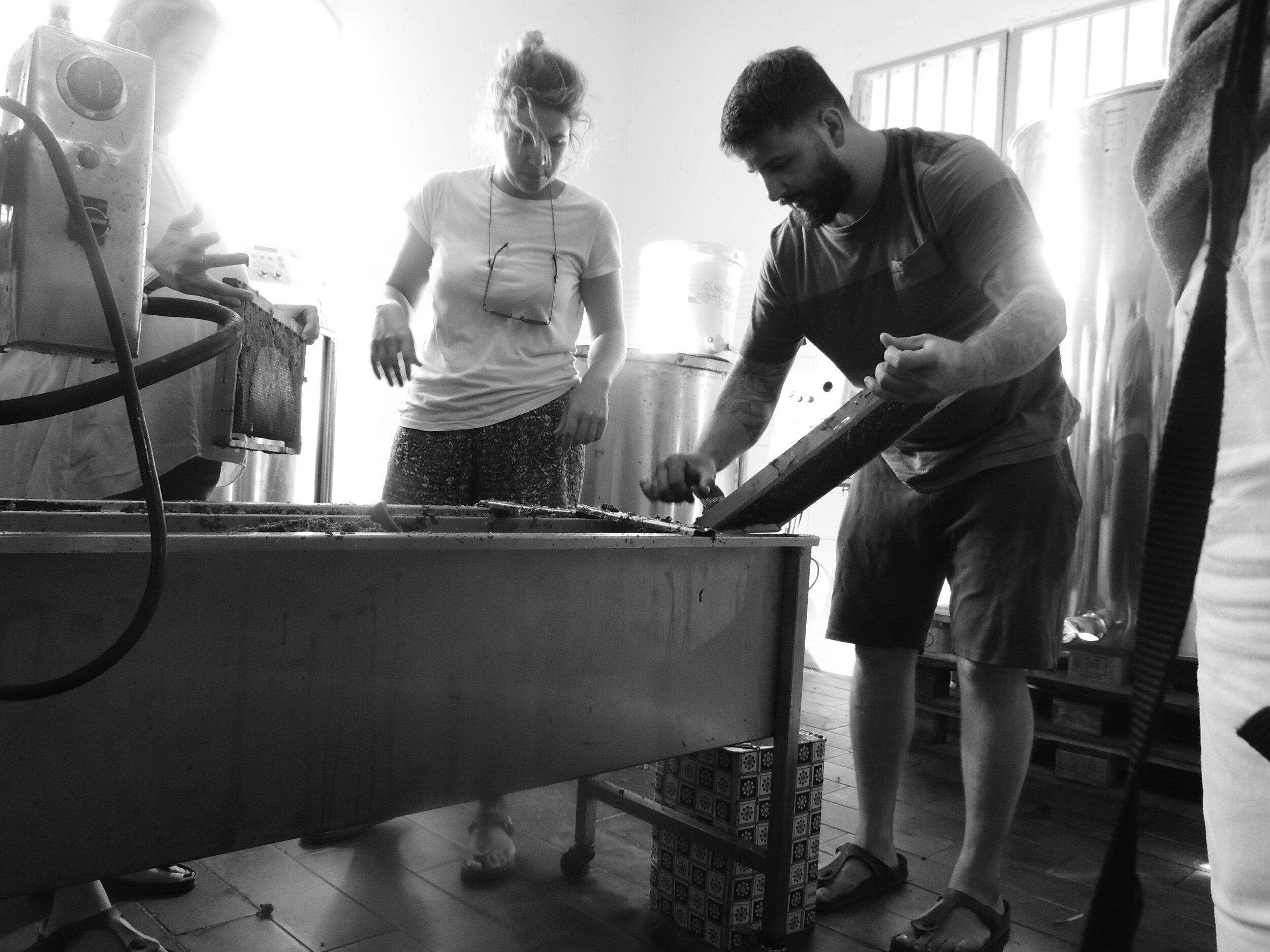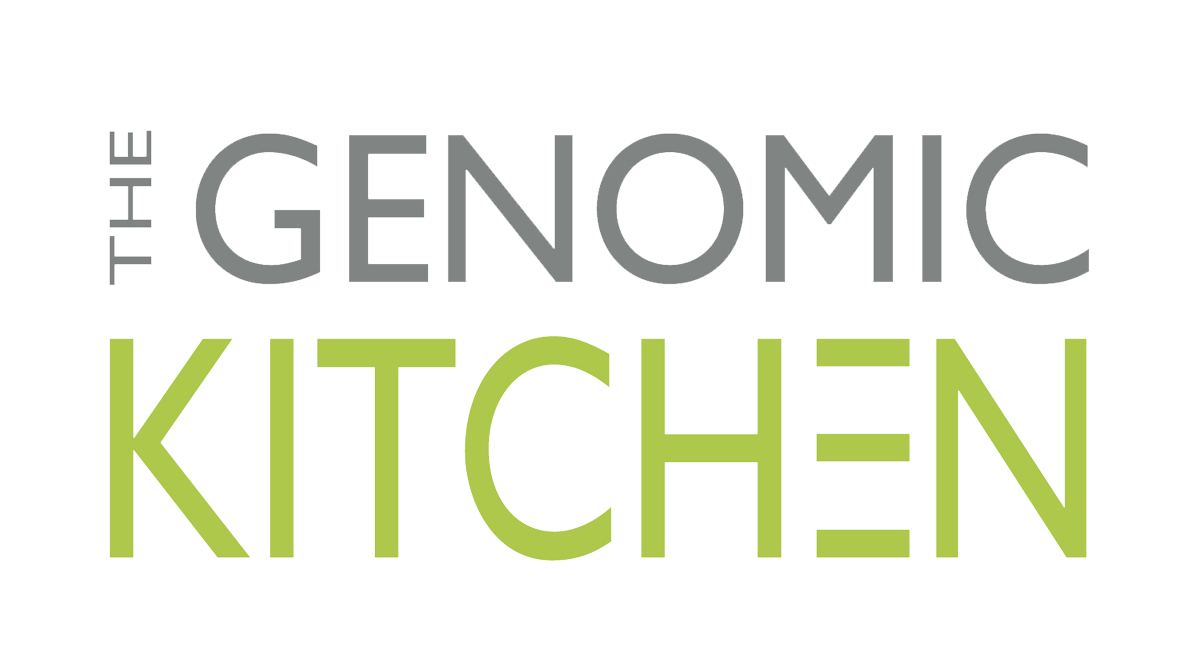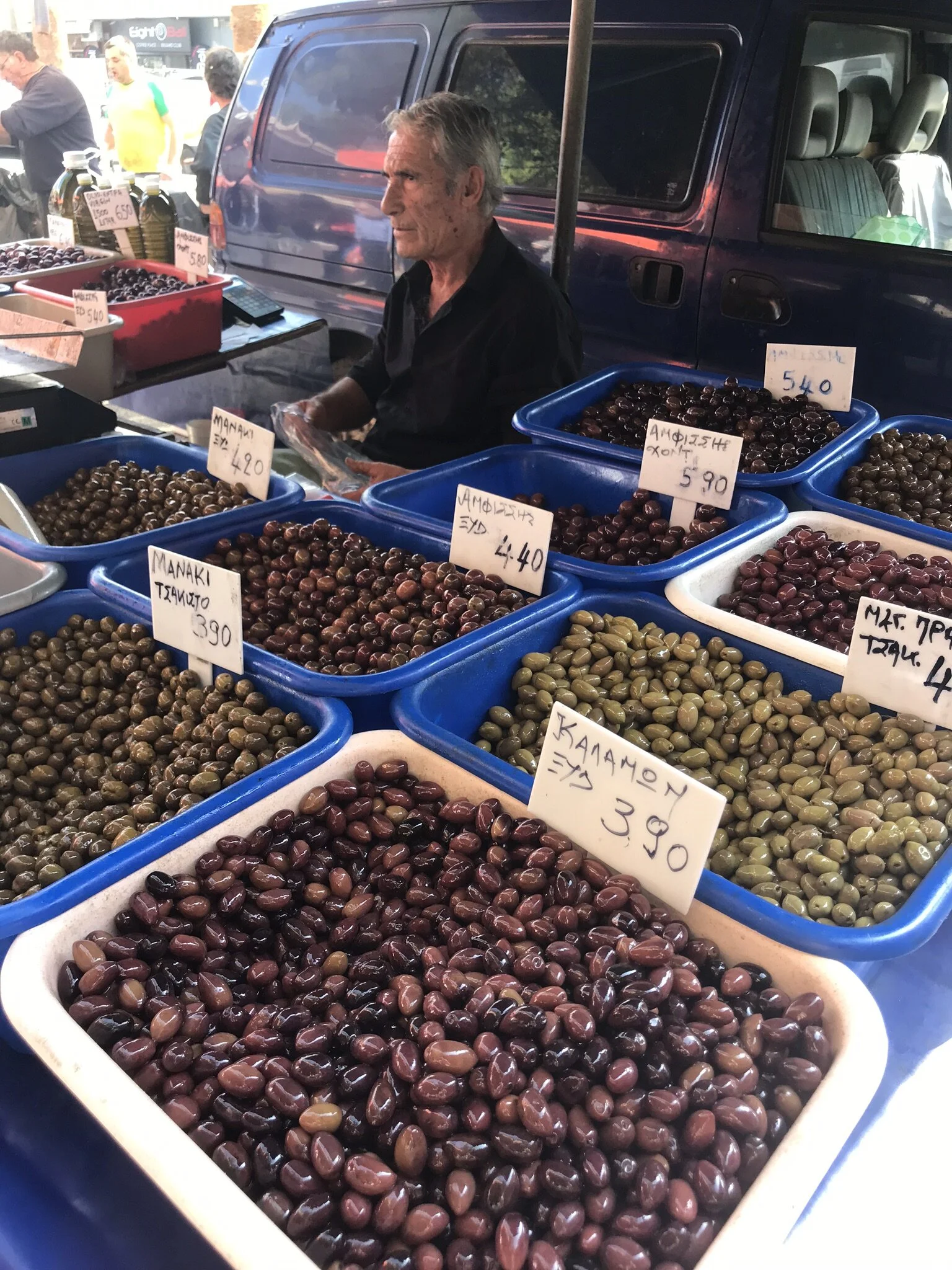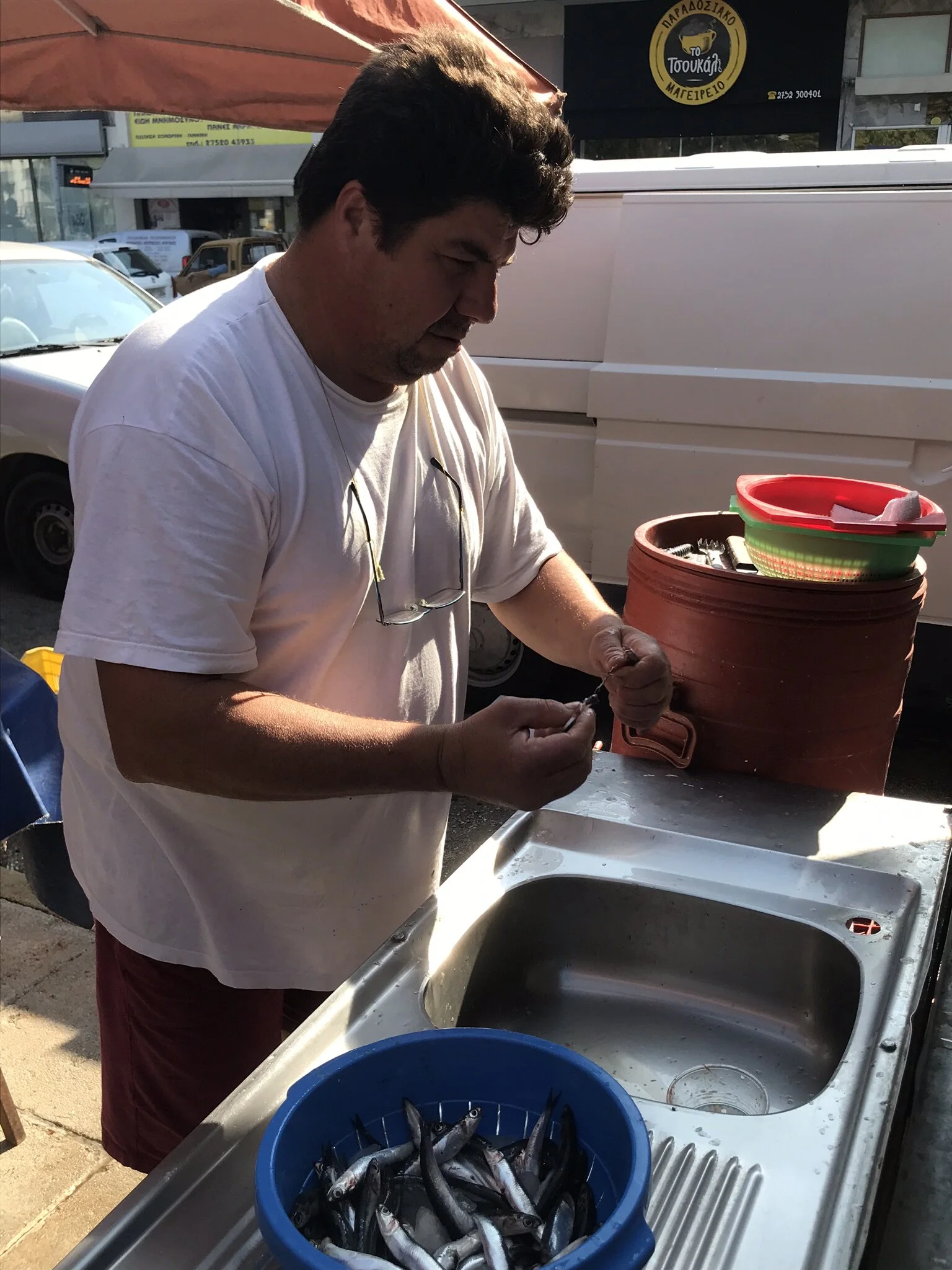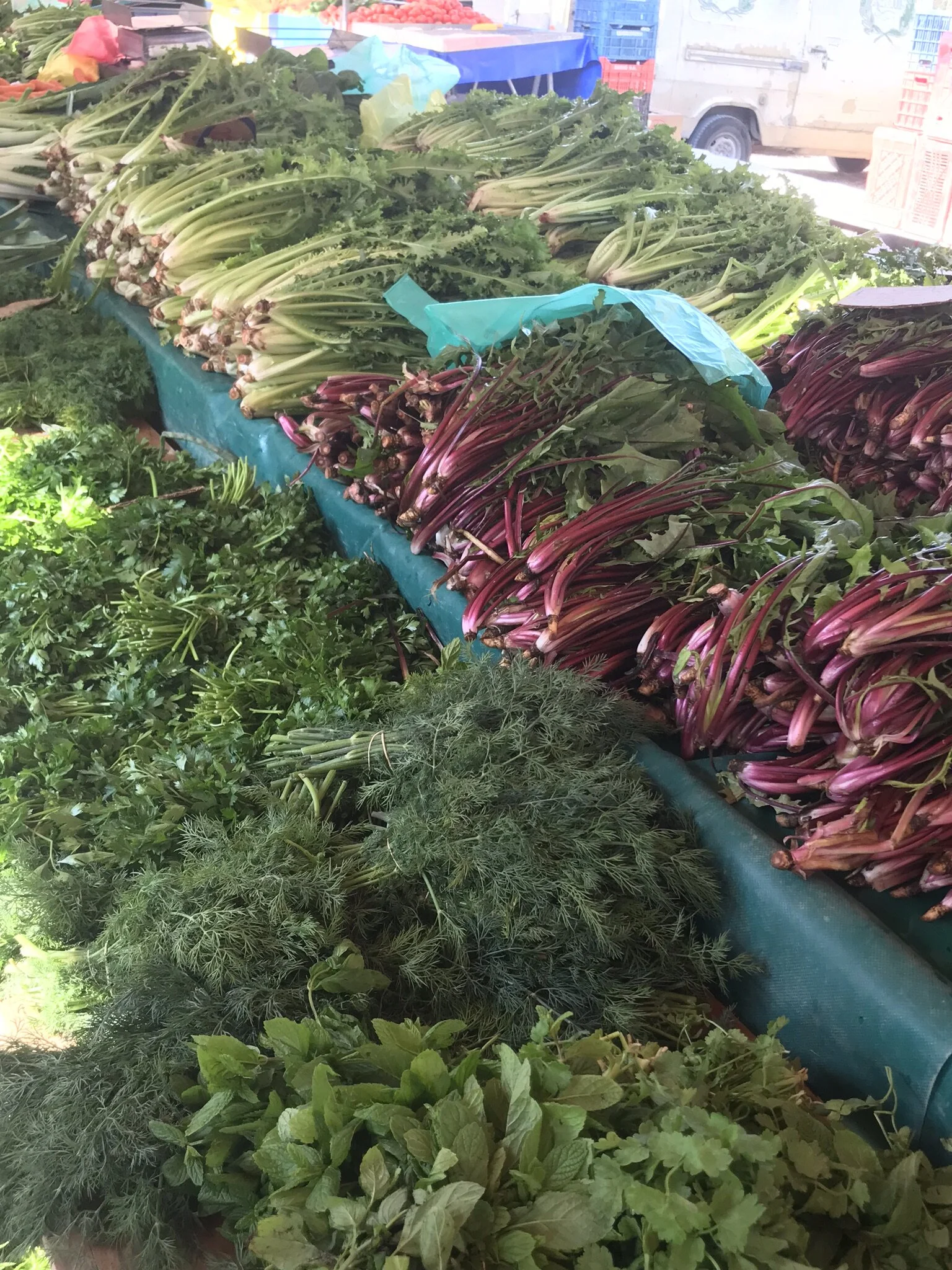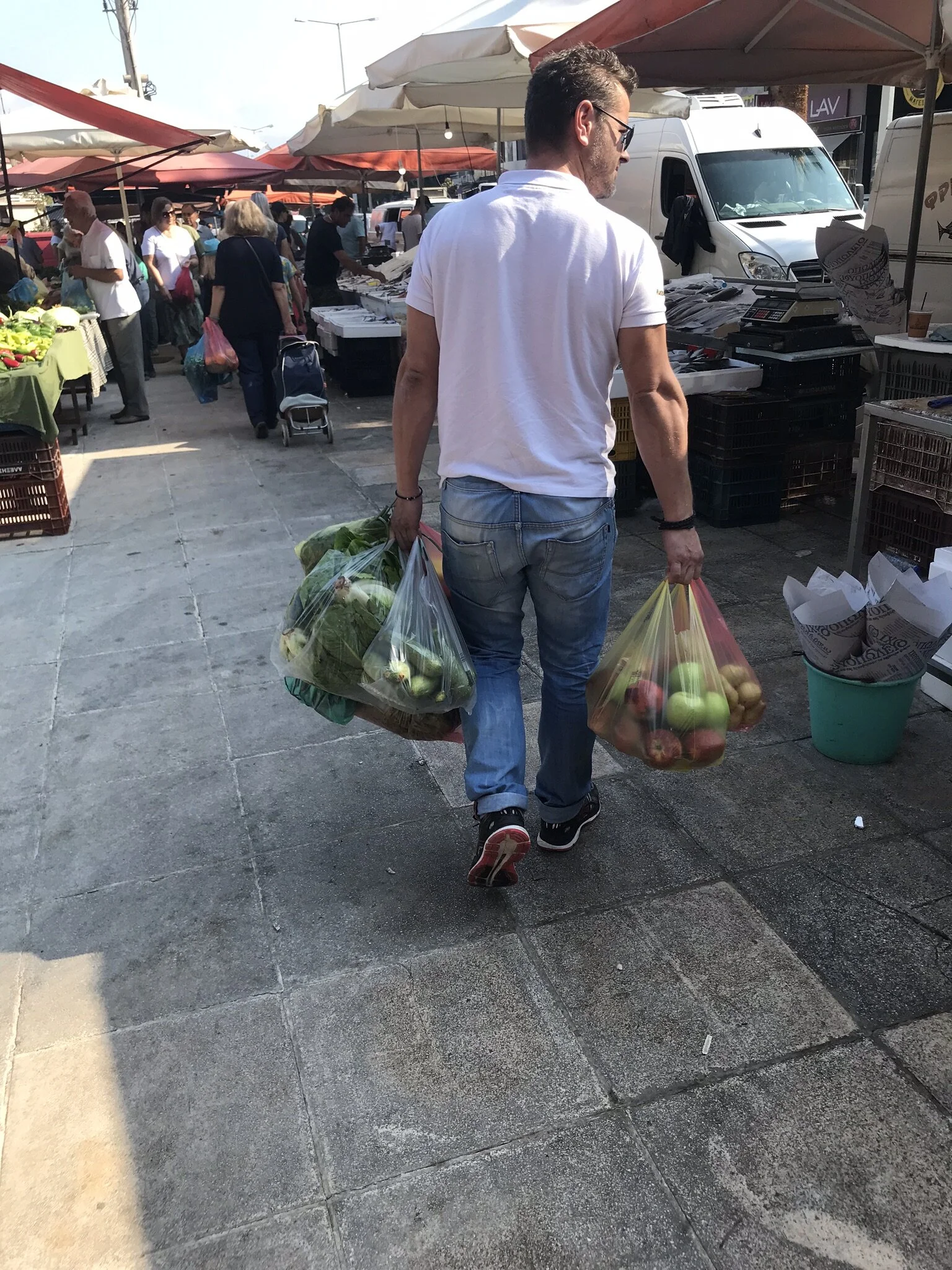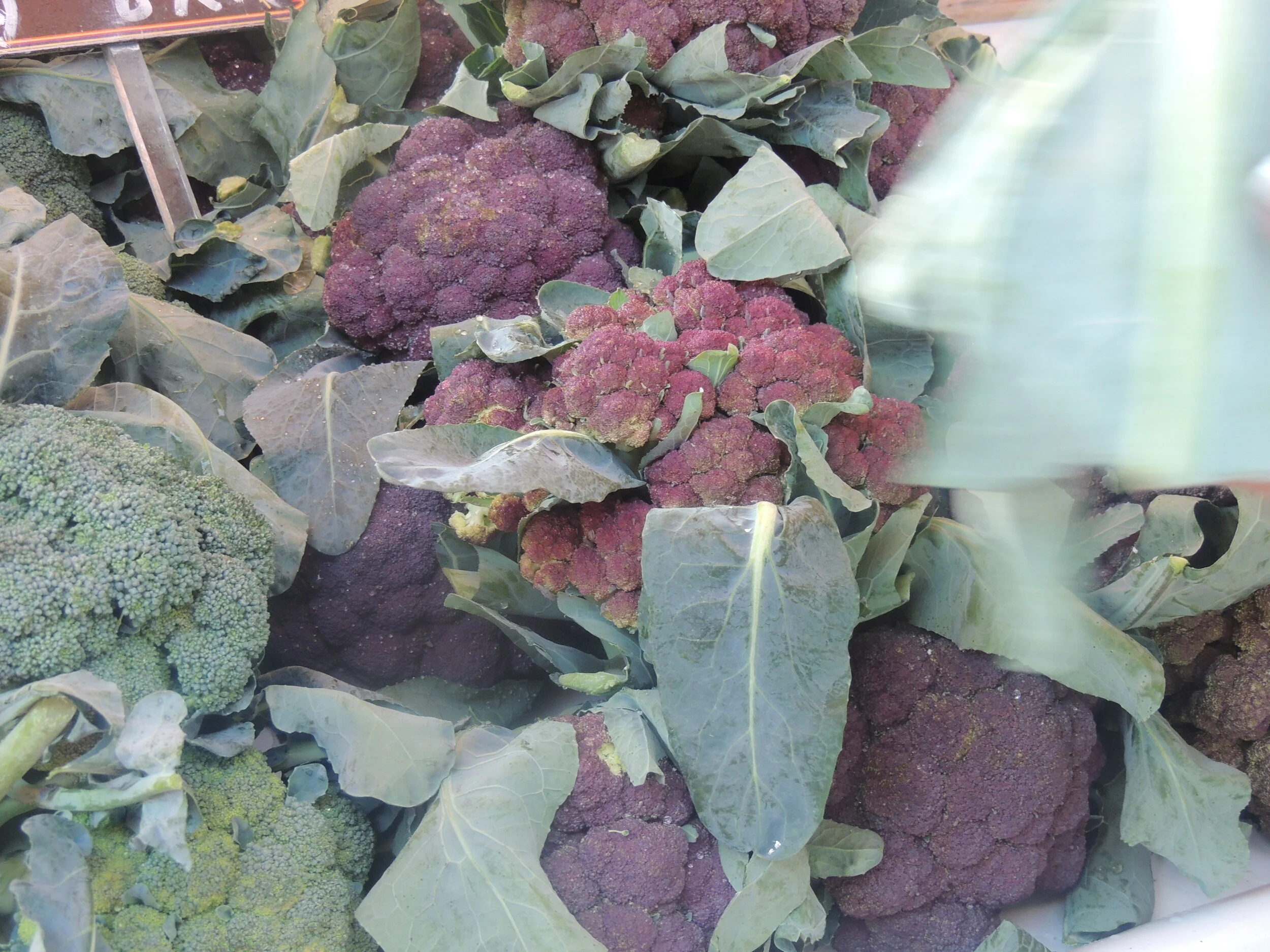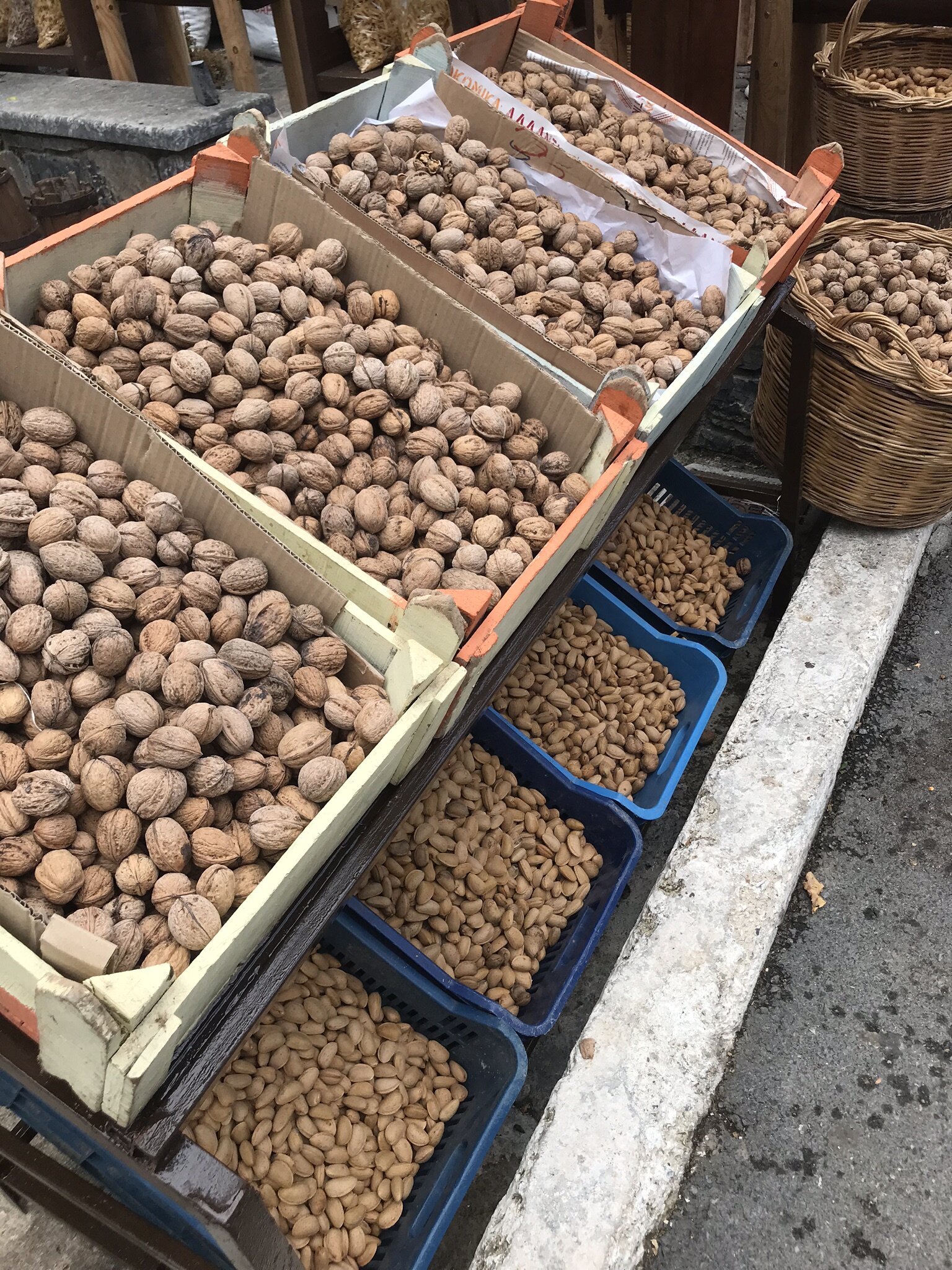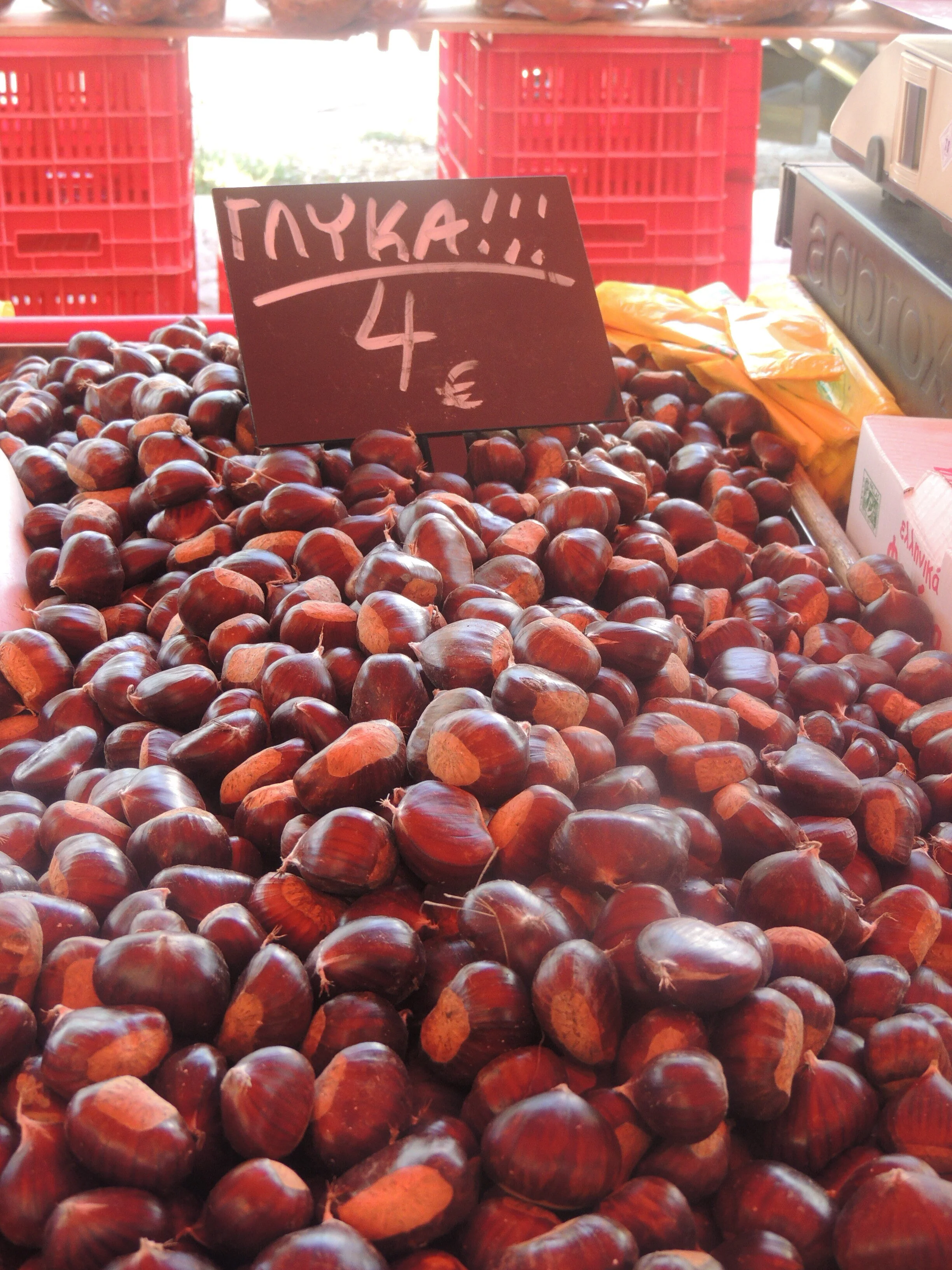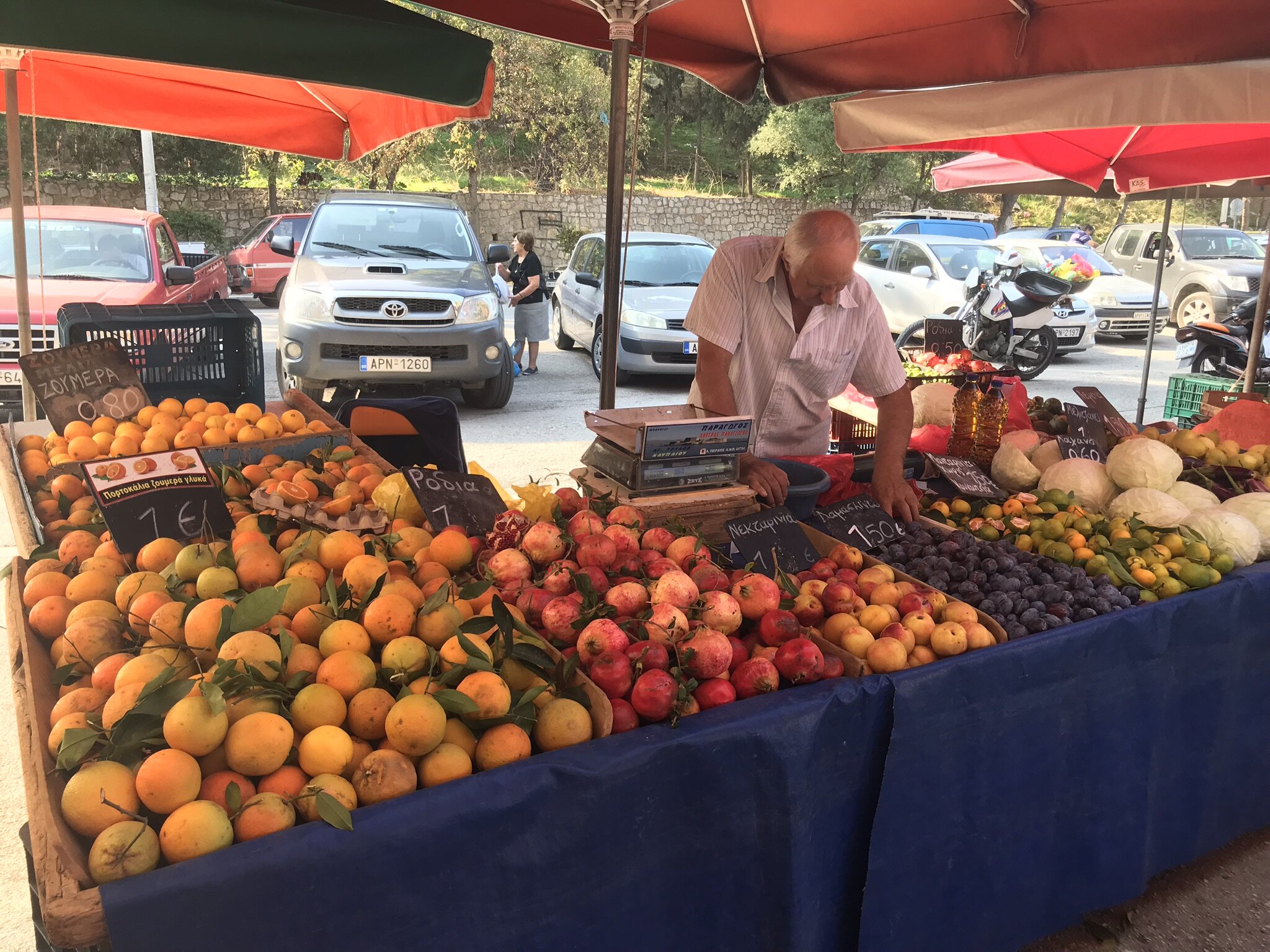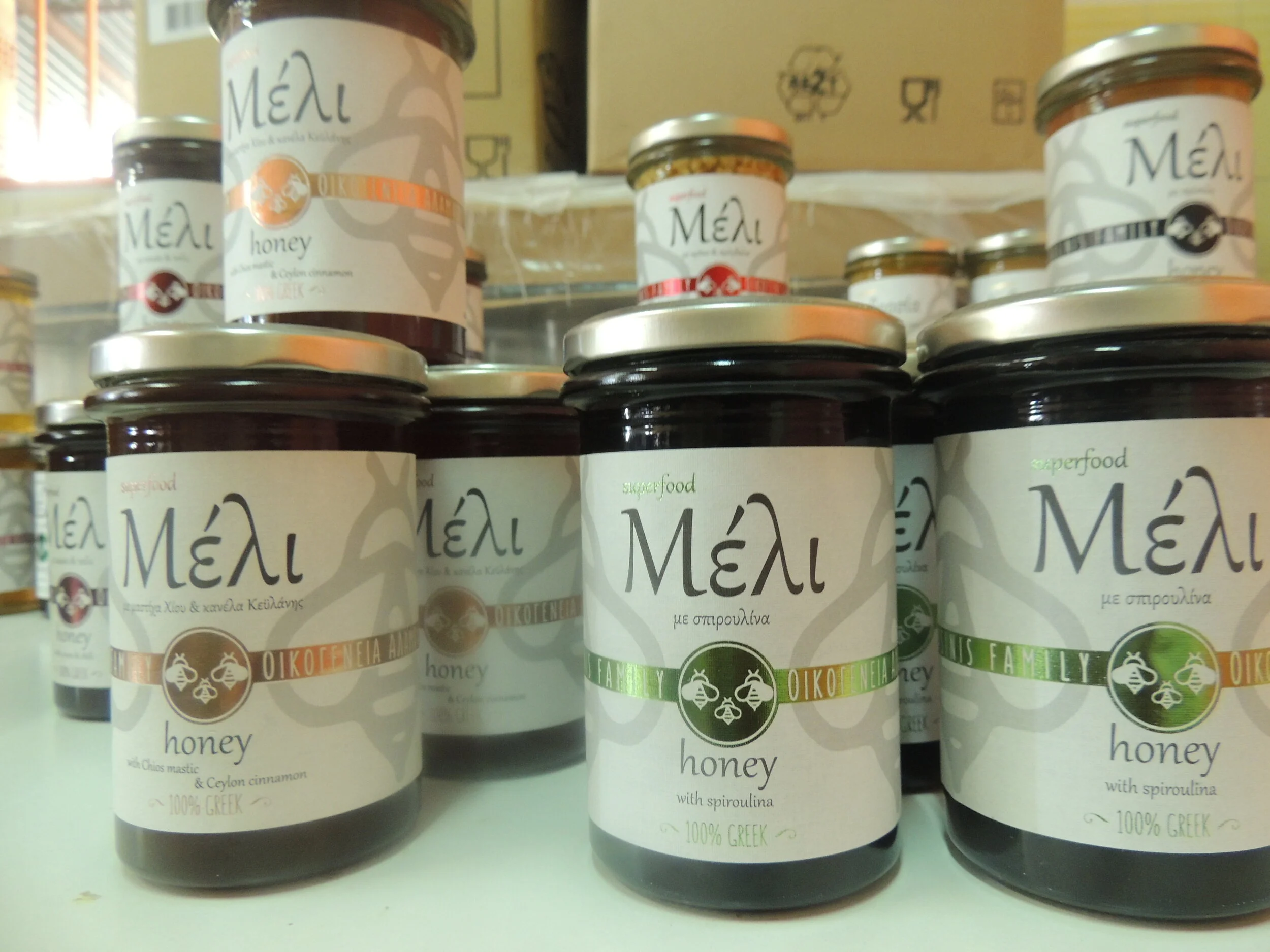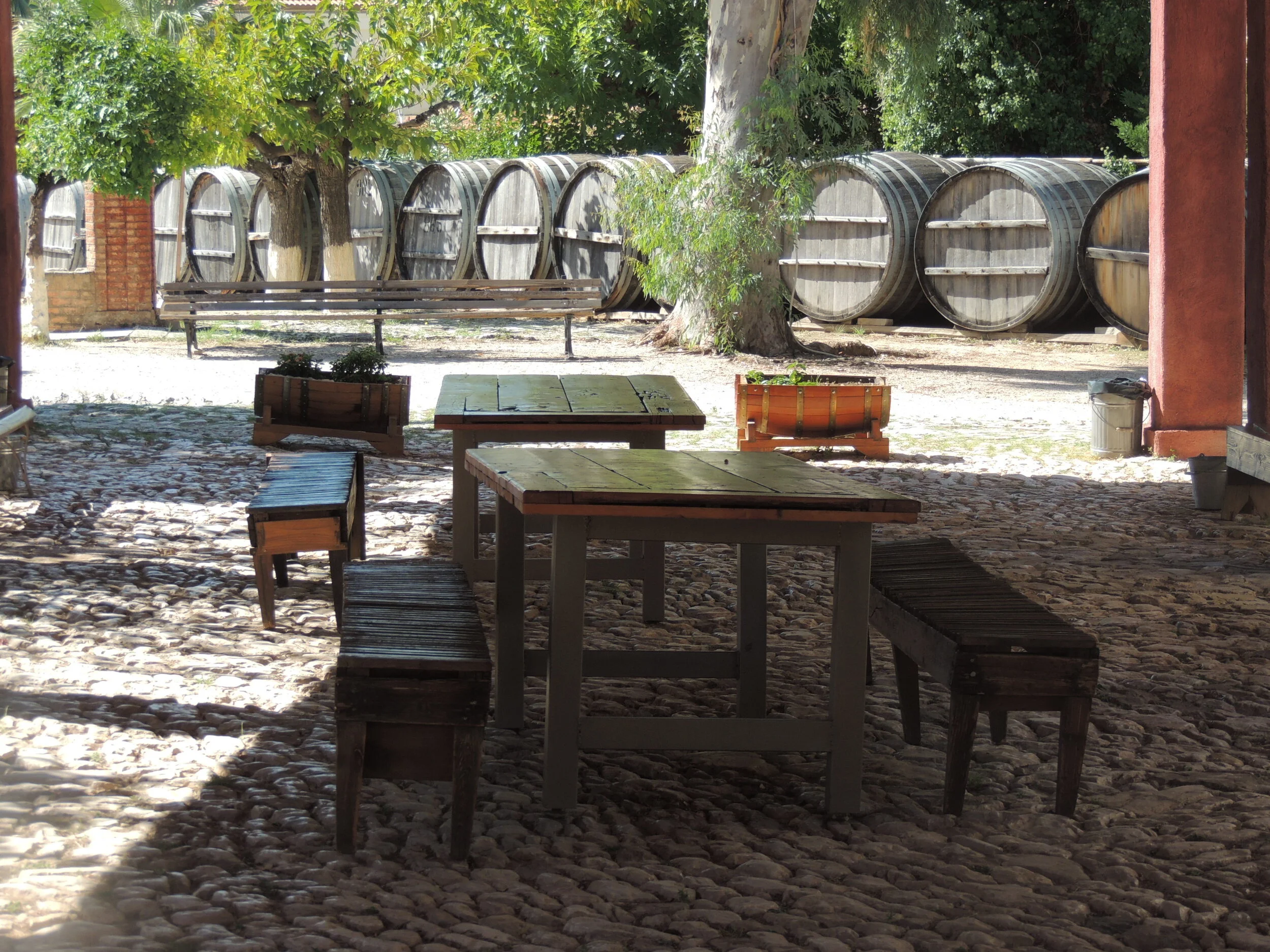Greece, The Mediterranean and Its Food Gene Connection
/In October 2019 The Genomic Kitchen hosted a Food as Medicine Culinary and Cultural Journey in Greece. We explored the city of Athens for two days and then went on to discover the Peloponnese Region. Our goal was to connect the dots between food, medicine, history, and culture. In this blog, I take you on a pictorial journey of the food we bought, ate, and saw. All of the food in these photos is readily available and sold abundantly at town markets, rural stores, or via tiny farms throughout rural Greece. Each photo connects the ingredients that are so abundantly available and a part of the daily plate, to gene interactions that have a known health benefit. For further reading, I connect the ingredients to scientific papers that demonstrate the food-gene-health evidence. Enjoy the journey!
Special thanks to Hilit Milner, RD (South Africa) for contributing to our photo library for this article.
Olive Oil
Olives are at the heart of the Mediterranean. In Greece, Olive oil may account for up to 40% of the calories. Olive oil has perhaps the largest variety of food-gene talking bioactives in the world. Visit Milestone for one of the best olive oils in the world and who were harvesting these olives when we visited. You can watch Amanda talk about Milestone here.
Read about the functional properties of olive oil and its food gene connection here.
A variety of olives everywhere. Read more about olive oil, its bioactives, and health applications here.
Seafood
In Greece, seafood is eaten at the coast, but not always inland. Here fresh seafood is sold at the market in Nafplio, next to the ocean. Notice the variety and mostly small size here
Seafood is cleaned in front of you as you buy. Fresh is fresh. Learn more about the connection between omega-3 fats and lower incidence of cardiovascular disease.
Wild Greens and Herbs
Fresh greens are stacked behind the abundant herbs. These are wild and cultivated greens which Greeks call horta. Greens and herbs contain a large variety of bioactives which food-gene connectivity. Read more about the connection between greens, herbs consumed in Greece, and health in this paper and also here. How many varieties of fresh herbs can you see?
Notice the sheer abundance of greens, fruit, and other vegetables in the hands of market visitors. People shop fresh twice a week at this market in Nafplio.
Crucifers
Caulifower is a crucifer. Do you notice the varieties here? The purple variety is considered the ancient and therefore, the most authentic variety in Greece. Crucifers are a source of sulforaphane, one of the most potent gene activating bioactives that turns on the equivalent of a fire hose in human cells. The fire hose provides antioxidants to take care of trouble-making free radicals. Read more about sulforaphane.
Fresh Nuts
Nuts are sold when they come in season. Here you see fresh walnuts and almonds for sale. Walnuts particularly supply the plant form of Omega-3 Fat (Alpha-linolenic acid). Omega-3 fats are instrumental in blocking pro-inflammatory genes, particularly TNF-alpha and Nf-kB. Learn more about nutrigenomics and Omega-3 Fats.
Chestnuts are a Fall harvest and often roasted and sold on the streets in Greece and across Europe.
Fresh Fruit
T’is the season for citrus, plums, apples and pomegranates! These were abundant. How beautiful to see pomegranates growing wild throughout the countryside. Pomegranates are of particular interest since they are a rich source of tannins and flavanols with demonstrated gene activated anti-inflammatory and antioxidant activity. Read more about the potency of pomegranates here.
You can never have enough pomegranates!
Honey
You can buy honey at the market and honey at the store. But we visited Albasinis, beekeepers and honey producers for more than 30 years. They have innovative honey to include scenting it with thyme, turmeric, cinnamon and even hot peppers and chocolate. Honey is the authentic sweetner of the Mediterranean region. It’s resident food-gene talking bioactive is chrysin which turns on antioxidant producing genes. Chrysin is also found in chamomile tea that is consumed throughout Greece. Learn more about the nutrigenomic effects of chrysin here.
Mountain Tea
In the basket on the left you see the dried plant known as sideritis, but called Mountain Tea in Greece. This tea is sold everywhere and consumed everywhere in Greece. Vendors at the market were calling it Alzheimer Tea! We checked the origins of this new claim and did find some animal research conducted using a sideritis extract and its impact on the amyloid plaque. Not proven in humans yet, but read about it here.
Wine
Where there’s Greece, there’s wine. Greece produces a larger variety of both red and white wine. It is served in small versus large glasses and savored. Wine, specifically red wine, is an excellent source of the food-gene talking bioactive resveratrol. Learn more about resveratrol’s food-gene connection.
Learn More!
If you like what you have read so far, read more in my new book! I talk about my journey to The Peloponnese region in 2016. You’ll learn a little more about the traditional foods of the region and throughout the Mediterranean.
Athens and Greece - A Tour in Black and White
Enjoy the journey from all of us at The Genomic Kitchen











